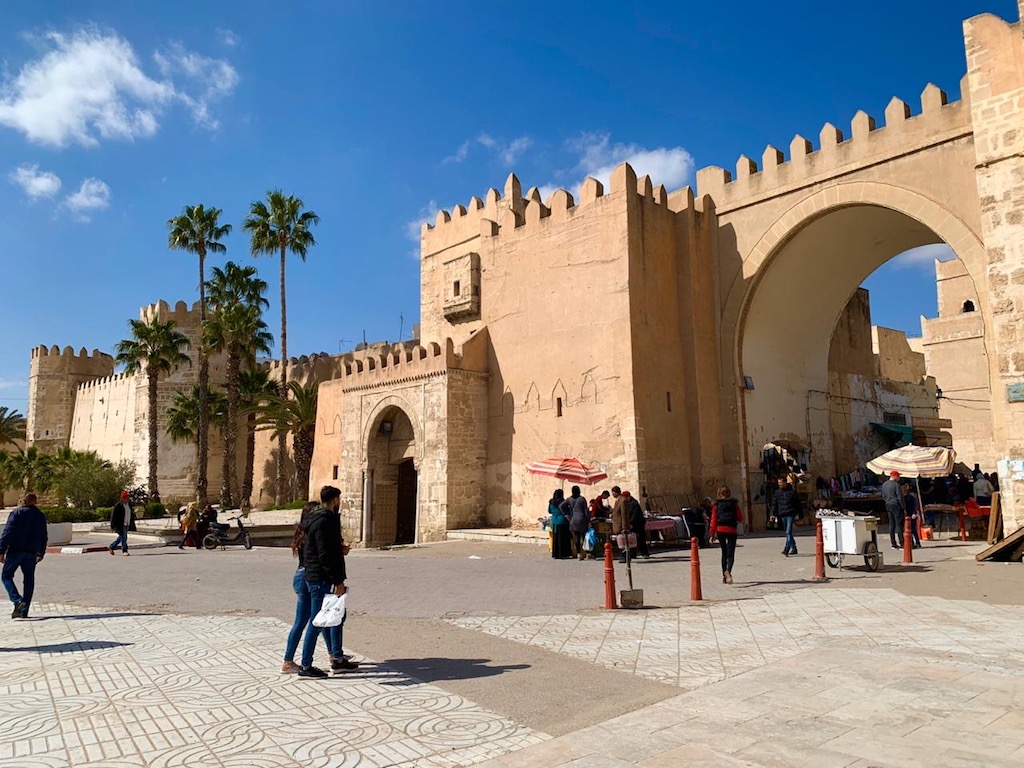For most people, if you find yourself in Sfax during your Tunisian adventure, it’s probably because you’re using the city as a launching pad for visiting the southern part of the country. And why not? The location of Tunisia’s second city makes it an ideal hub for jaunts to the ancient amphitheater of El Jem, the oasis of Tozeur, the island beauty of Djerba, and the pristine dunes of the Sahara.
But while you’re in Sfax, don’t miss out on what the city itself has to offer. The fact that Sfax has largely resisted the influence of Tunisia’s burgeoning tourism industry makes it in some ways all the more fascinating. One could even say that Sfax, perhaps more than any other city, is “real Tunisia.” And the centerpiece of it all, rising in all its imposing grandeur in the heart of the city, is the medina—the original medieval city of Sfax. This walled edifice, currently in consideration as a UNESCO World Heritage Site, was built by the Aghlabid dynasty in the ninth century and is renowned for the unparalleled preservation of its architecture through the centuries. To enter the medina is to step into another world and another age.
Today the medina is home to perhaps 100,000 residents (depending on who you ask; no two people seem to agree). Whatever the number, they’re always eager for one more to stop by. Visit any day except Monday (when most businesses are closed) to explore this exotic treasure.
But where to start? We personally recommend embracing the labyrinth that is the medina, even letting yourself get lost for a bit. The exploration is the adventure. But for those who desire a little more direction, here are our 10 unique places not to miss in the Sfax medina:
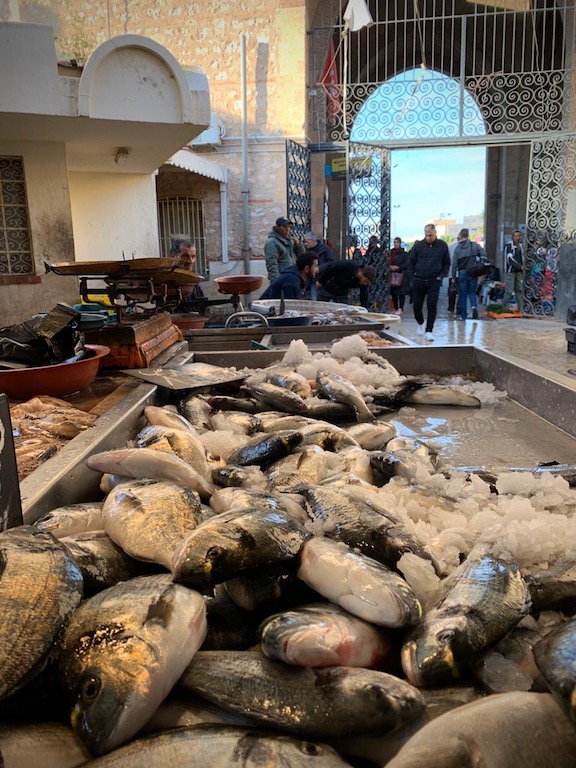
1. Souk El Hout (Fish Market): Even those with no taste for seafood won’t want to miss this place, if only for the spectacle of it. Tuna, shrimp, crabs, triggerfish, octopus, squid, and eels, all freshly caught, fill table after table in a domed market echoing with energy. Sfax is the fishing capital of Tunisia, and the Souk El Hout is the best place to experience this part of the culture. Feeling extra adventurous? Buy yourself a whole shark to take back to the hotel for dinner.
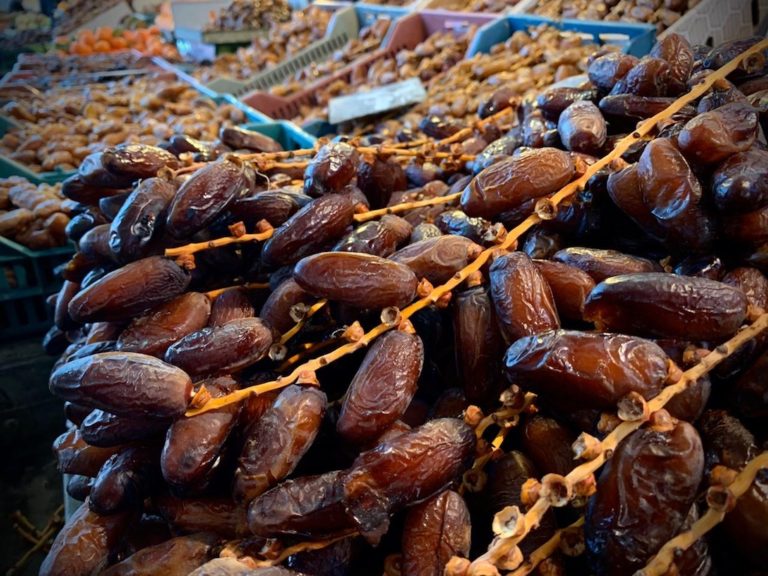
2. Fruit and Vegetable Market: Like the fish market, the fruit and vegetable market is located in a newer annex on the north side of the medina. The atmosphere here is the big draw. With all the exotic flavor and dark mystique of New York’s Chinatown, this is more than a place to buy oranges. The moment you enter the pavilion, you’ll feel as though you’ve stepped into some old chiaroscuro painting (or perhaps a steampunk sci-fi film, minus the androids). Come for the ambience, but make sure you leave with a bag full of delicious Tunisian dates.
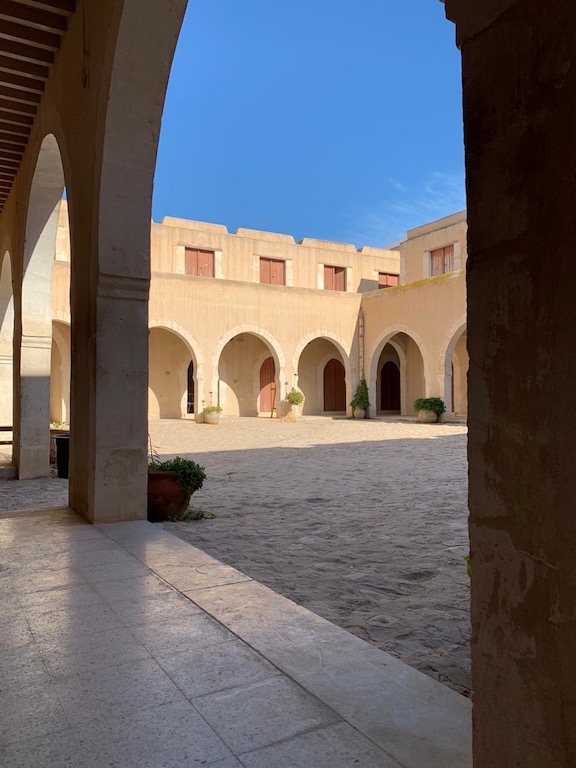
3. Haddadin Cultural Space: Just a short stroll from Beb Jebli (the north gate of the medina), Haddadin is usually an island of calm in the middle of a sea of activity. But if you happen to come during one of the frequent art expos, concerts, or other cultural events, don’t neglect the opportunity to soak in some traditional Arab culture. Either way, be sure to tour the historic courtyard and side chambers, which over the years have served as everything from a market to a hotel. The friendly staff will be happy to show you around.
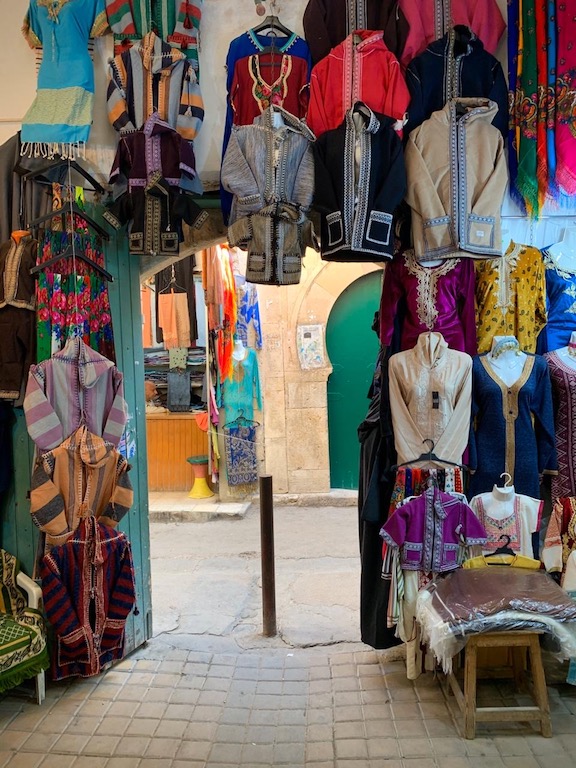
4. Souk Erbaa (Traditional Clothing and Rug Market): One word: burnous. If you’ve been dying to purchase your very own Jedi cloak, look no further than the Souk Erbaa to find the traditional Tunisian garment that inspired one of the Star Wars films’ most memorable costumes. More a rug person than an aspiring galactic warrior? No problem. Planning to crash a Tunisian wedding and need something to wear? No problem. This market has it all.
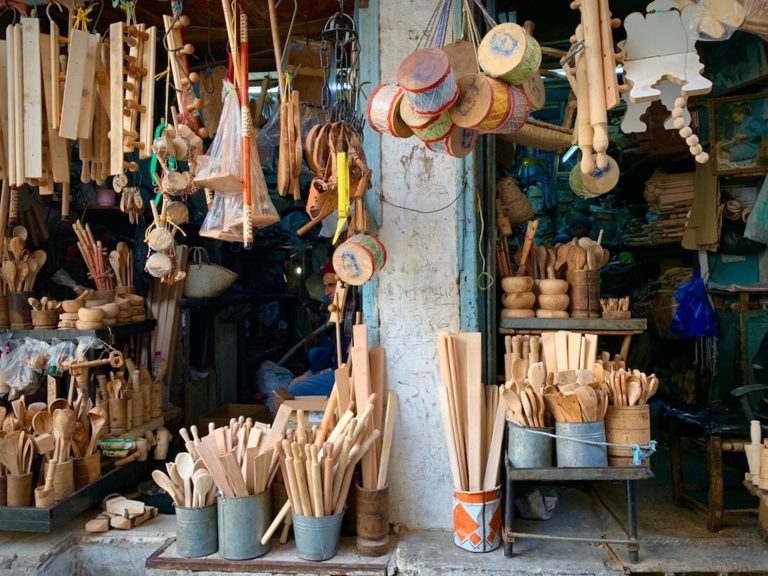
5. Olive Wood Shops: In addition to fishing, Sfax is a leader in the Tunisian olive industry. But while you’re stocking up on olive oil, remember that there’s more to the tree. Olive wood is renowned for its beauty and durability, and Sfax is the place to get it. From spoons and bowls to chess sets and drums, olive wood products can be found throughout the medina, but especially in a group of shops just down the path from Haddadin. Enter through Beb Jebli and head left until you catch the scent of freshly carved wood. Once you see the selection, you’ll want to buy “olive it.” (No, please don’t stop reading. It won’t happen again.)
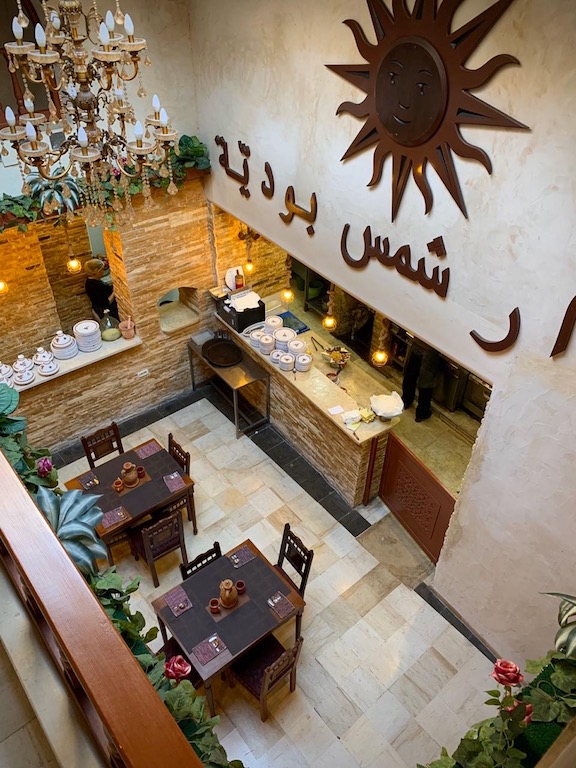
6. Dar Chams Boudaya: All that walking is sure to make you hungry, so grab some lunch at one of the medina’s many restaurants. One of the newest and classiest restaurants you’ll find is Dar Chams Boudaya. Occupying a renovated Moroccan bathhouse, the architecture and decor are exquisite. The service is top-notch as well, and the authentic Tunisian cuisine is the best in town (try the lamb koucha and the lentil soup). The owner/head chef was trained in Dubai, and he approaches his craft with the skill of an artist. If you’ve ever wanted to eat like a king without breaking the bank, this is the place.
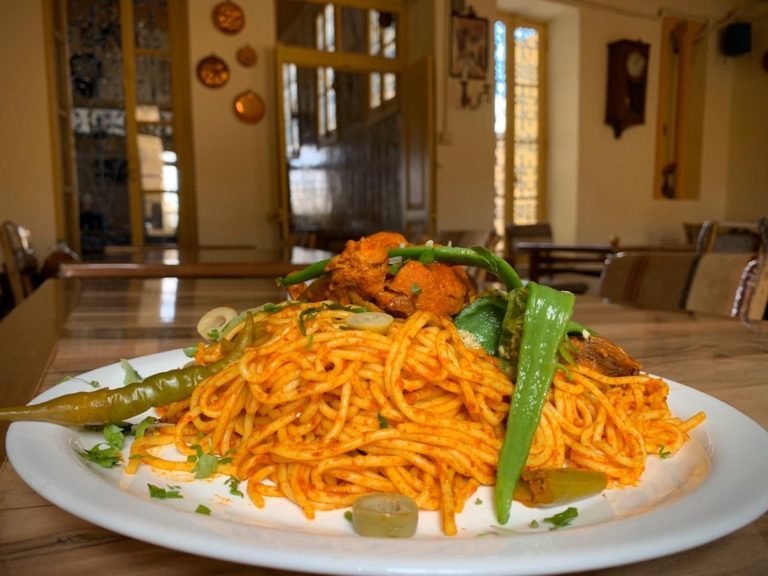
7. Dar Bellaaj: Another restaurant to keep on your culinary shortlist is Dar Bellaaj. If you keep your eyes at street level as you move through the medina, you might just miss this hidden treasure located on the second floor across from the Great Mosque of Sfax in the very center of the medina. This is the perfect place to feel like a local: attractive but not showy, a quiet retreat from the hustle and bustle of medina life. But don’t try too hard to look local. It’s perfectly acceptable to take three dozen pictures of your meal. Enjoy a platter of colorful Tunisian seafood (the staff speak highly of the shrimp), or, if you’re just here for a quick stop, sip a Boga Cidre, Tunisia’s trademark soda, as you take in the picturesque views of the ancient cityscape
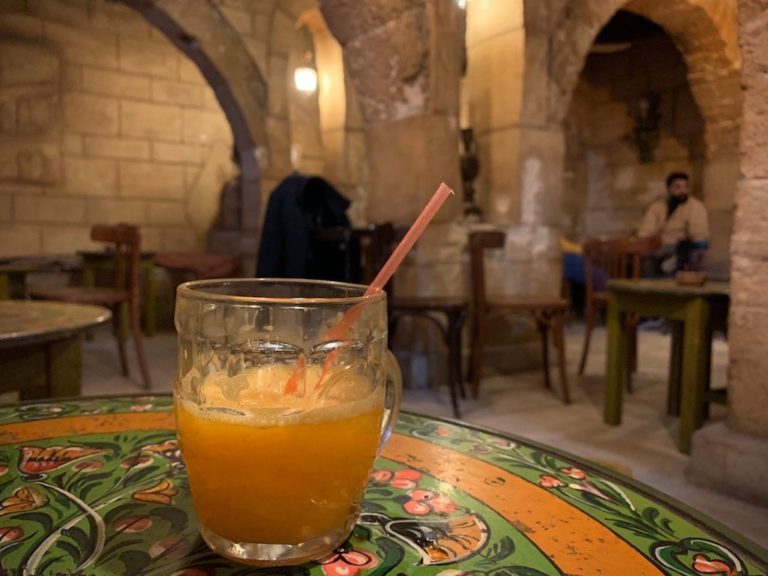
8. Cafe Kemour: Looking to follow lunch by relaxing at a one-of-a-kind coffee shop? Visit Cafe Kemour right in the center of the medina. No place in the medina is as immediately inviting, with its warm lighting, stone arches, chambered layout, and welcoming staff making you feel like an honored guest in an ancient Arab home. Or, if you prefer to take in the views, head up the stairs to the rooftop seating where you can behold a more serene side of the medina. Removed from the foot traffic below, you will be free to while away the afternoon pondering the mysteries of antiquity. Or updating your Instagram. Or something.
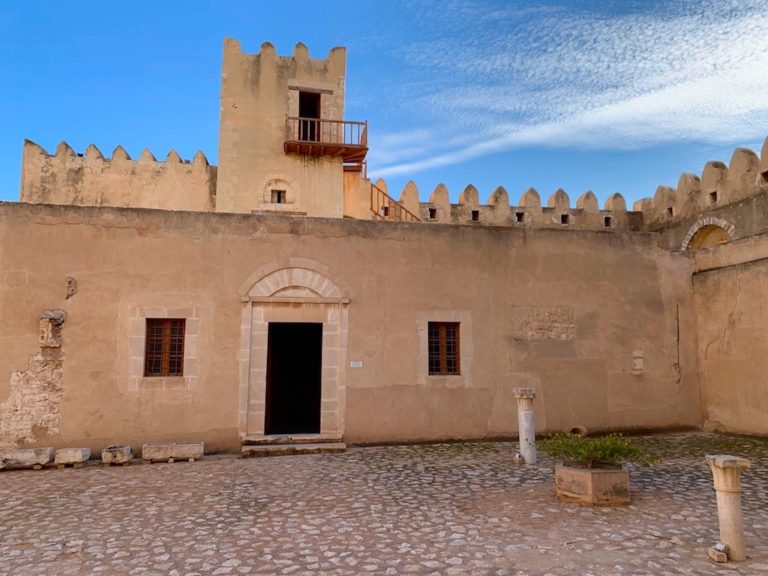
9. El Kasbah: With Dar Jallouli closed for renovations as of this writing, the Kasbah is the essential stop for museum enthusiasts. The original citadel which defended the city from invaders in the medieval period, the Kasbah now serves as an architecture museum showcasing the various structures and building techniques employed throughout the history of the medina. For a nominal entrance fee, you gain access to the whole complex, from the subterranean chambers to the towering turrets. Just make sure no one is watching as you pretend to fire the old cannon at imaginary bad guys on the rooftops of surrounding buildings.
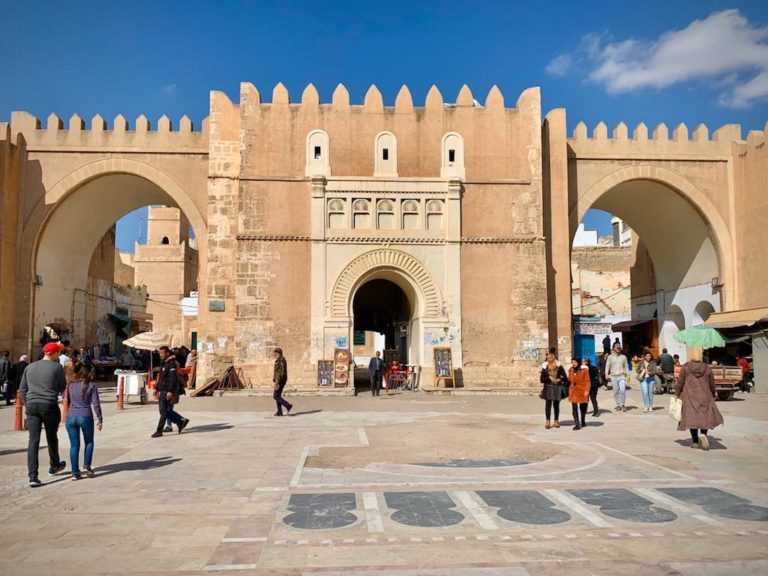
10. Beb Eddiwen: End your tour at Beb Eddiwen, without question the most breathtakingly beautiful of the medina’s several entrances. This is where you will want to purchase your obligatory stuffed camel. Or better yet, a qoffa (traditional Tunisian straw basket). Remember that Sfax, despite being the second most populous city in Tunisia, is still largely off the beaten path for tourists, so here at Beb Eddiwen you’ll find the only sizable gift shop in the medina. Be sure also to snap plenty of photos of the medina walls from the outside before you go, especially if you arrive in late afternoon or during the “magic hour” before sunset. Then hop across the street to try the Tunisian version of French brioche from the corner shop. It’s essentially ice cream on a hot dog bun. (Nope. No explanation given here. You’re just gonna have to try it. Trust me.)

